Instruction
Certains des mots clés utilisés dans ce module sont expliqués ci-après. Vous pouvez les imprimer pour vous y référer tout au long du module.
Appli - Abréviation du mot application. Outil numérique utilisé sur téléphone portable ou sur tablette pour accomplir une tâche définie.
Audiogramme - Diagramme de l'audition d'une personne indiquant le son le plus faible perçu par la personne (seuil d'audition) à différentes fréquences sonores.
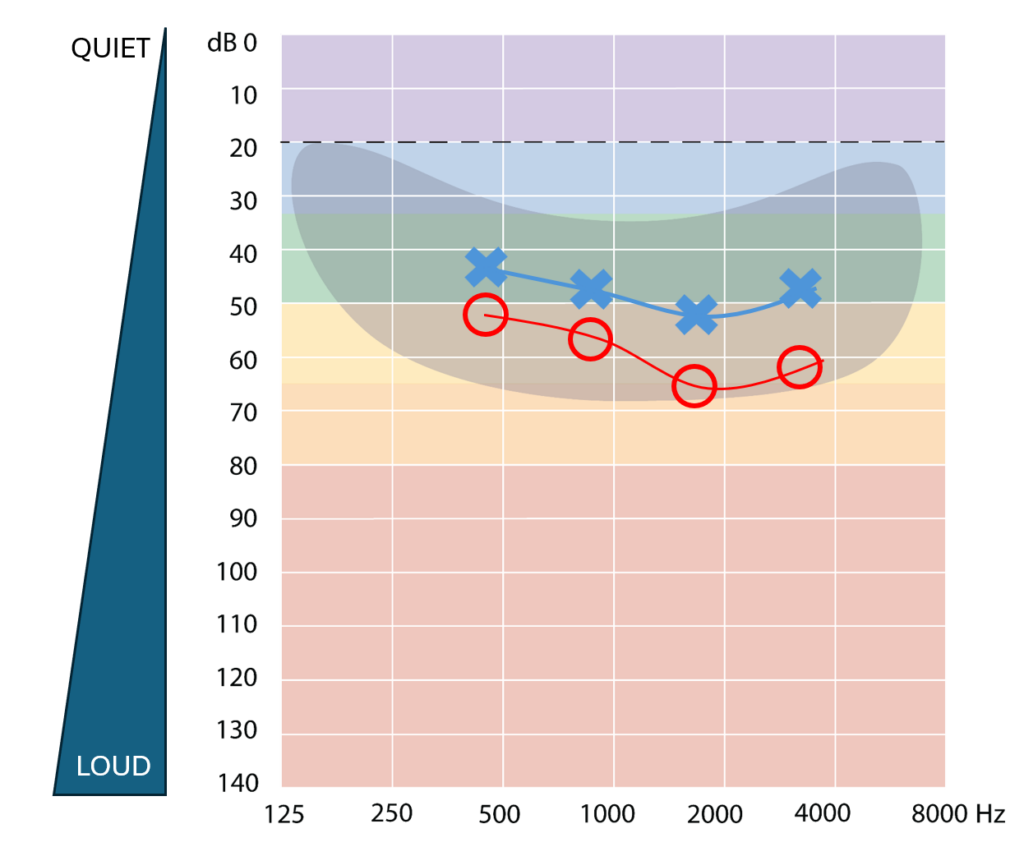
Audiomètre - Dispositif de test de l’audition utilisé pour mesurer l’acuité auditive.
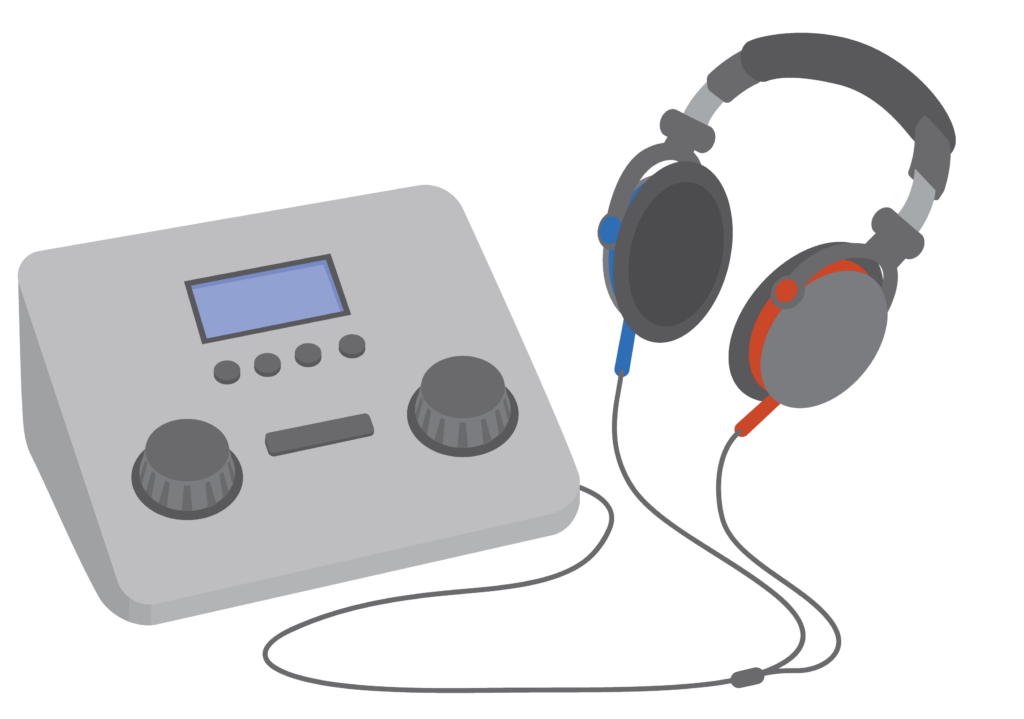
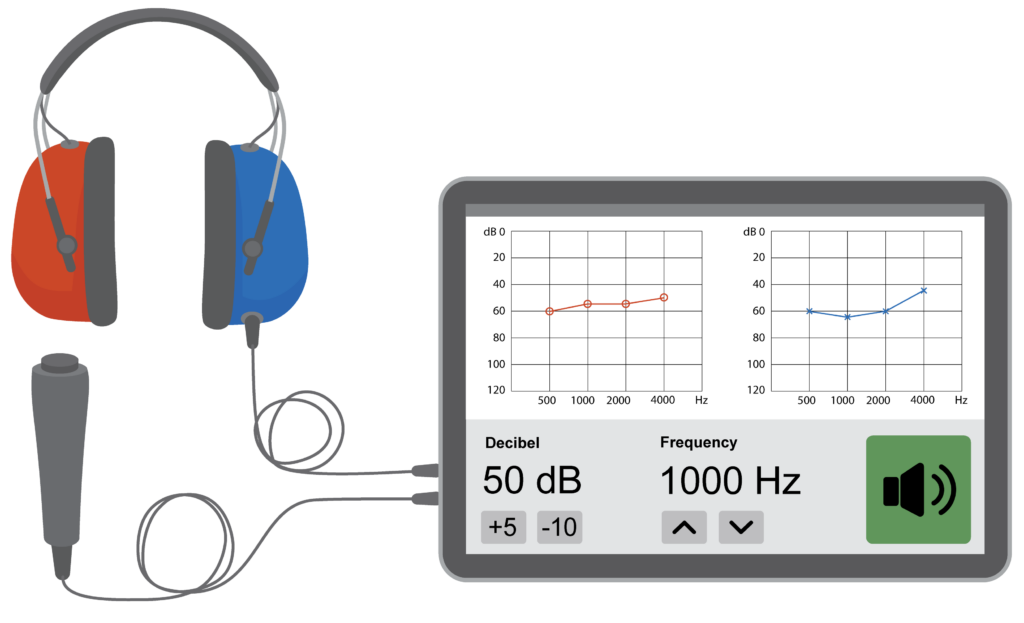
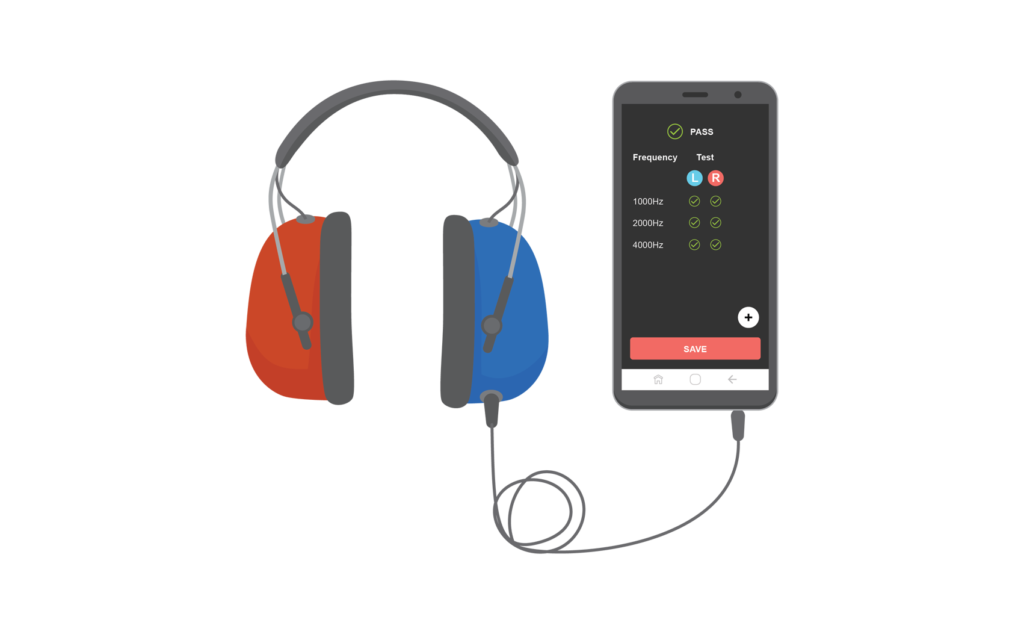
Audiométrie (test de l'audition) - Test mesurant l'acuité auditive d'une personne. En cas de perte d'audition, les résultats indiquent quel en est le niveau.
Seuil d'audition moyen - Somme des valeurs seuils à 500 Hz, 1000 Hz, 2000 Hz et 4000 Hz, divisée par quatre.
Spécialiste de l'oreille et de l'audition - Professionnel qui teste l'audition, et qui prend en charge et traite les troubles de l'audition et les problèmes d'oreille.
Larsen (sifflement) - « Sifflement » produit par l’aide auditive quand le son s’échappe de l’oreille et qu’il est capté par le microphone de la prothèse.
Fréquence - Nombre d’oscillations d’une onde sonore par seconde. Il existe différents types de sons, notamment les sons graves (de basse fréquence) comme ceux d’un tambour, et les sons aigus (de haute fréquence) comme ceux d’un sifflet. La fréquence se mesure en hertz (Hz).
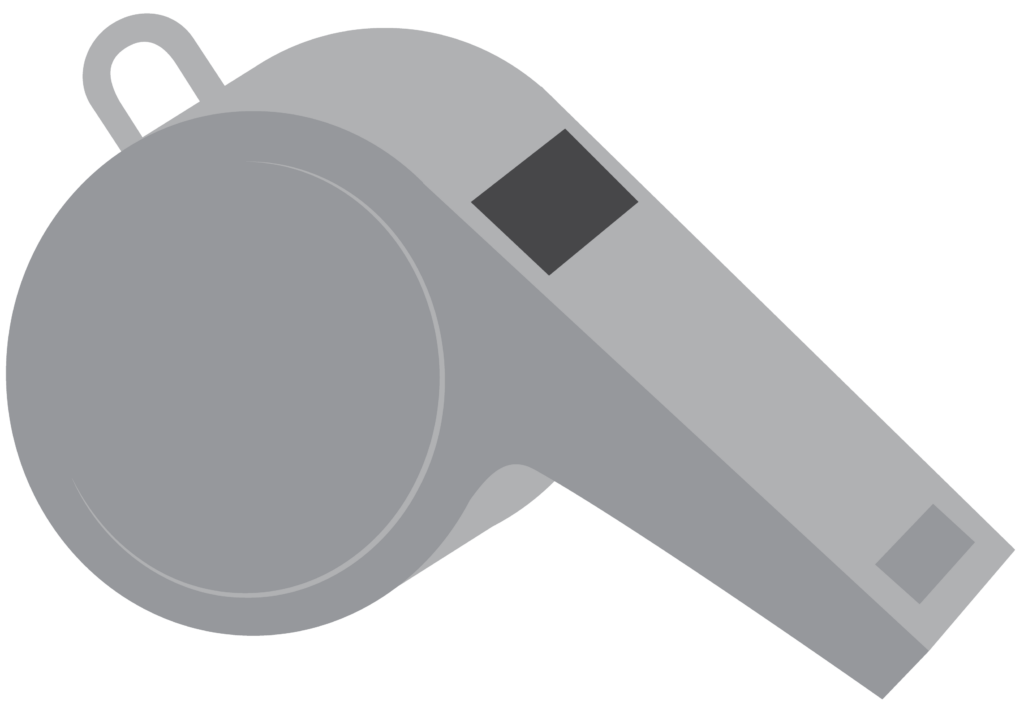
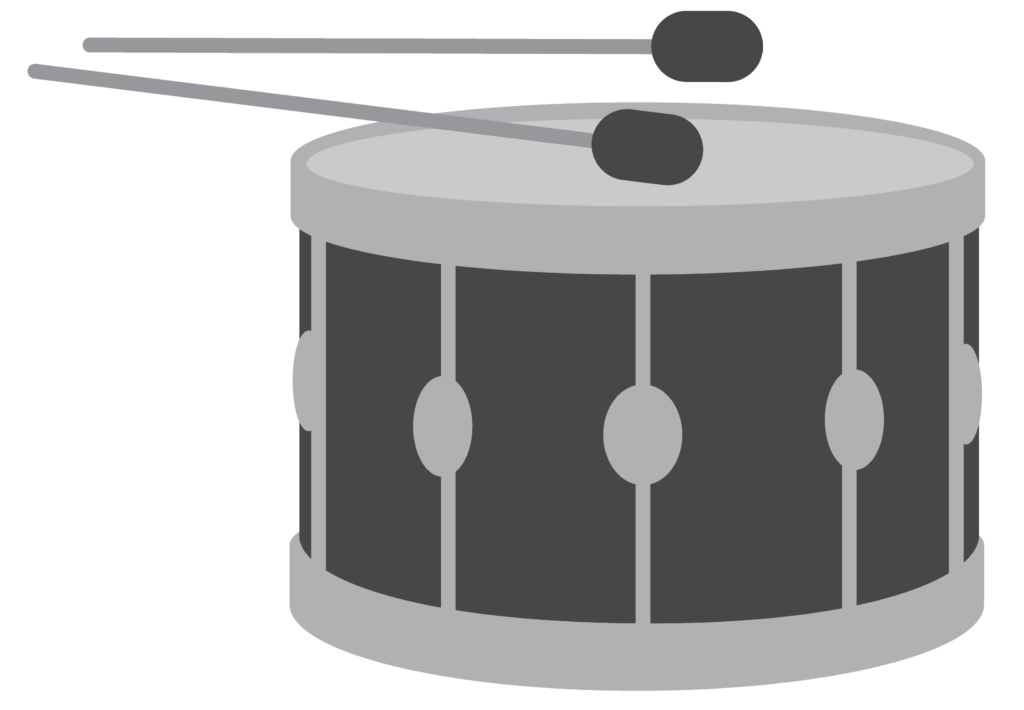
Malentendant - Terme désignant une personne vivant avec une perte d'audition légère à sévère, qui n'entend pas aussi distinctement qu'une personne dont l'audition est normale.
Seuil d'audition - Son le plus faible perçu par une personne à différentes fréquences.
Hertz (Hz) -Méthode utilisée pour mesurer la fréquence d’une occurrence en une seconde. Par exemple, si un son vibre 100 fois en une seconde, il a une fréquence de 100 Hz.
Sons de Ling - Ensemble de six sons. Ils couvrent toute la gamme des sons de la parole, des fréquences les plus basses aux plus hautes.

Embout standard - Oreillette moulée prête à l’emploi, produite en plusieurs tailles pour pouvoir s’insérer dans toutes les oreilles. L’embout est relié à l’aide auditive par un tube et diffuse le son dans l’oreille de la personne qui le porte.
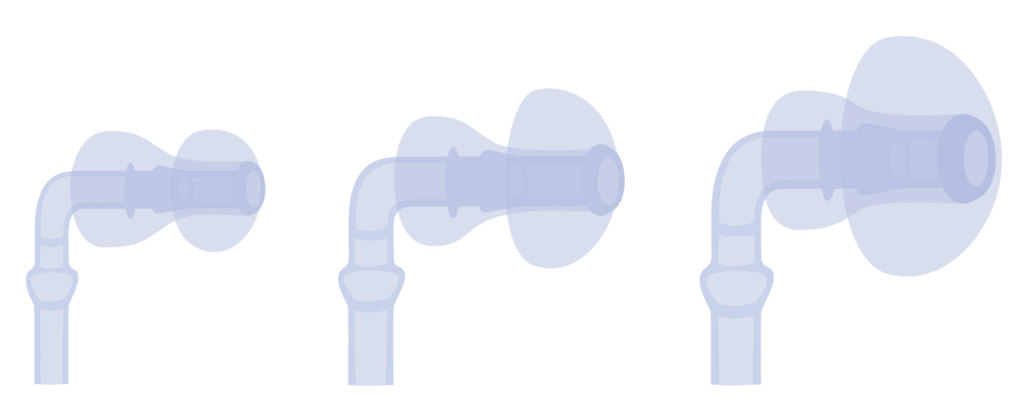
Stéthoclip (tube d'écoute) - Également appelé tube d'écoute, le stéthoclip est utilisé par une personne dont l'audition est normale pour vérifier le bon fonctionnement d'une aide auditive .
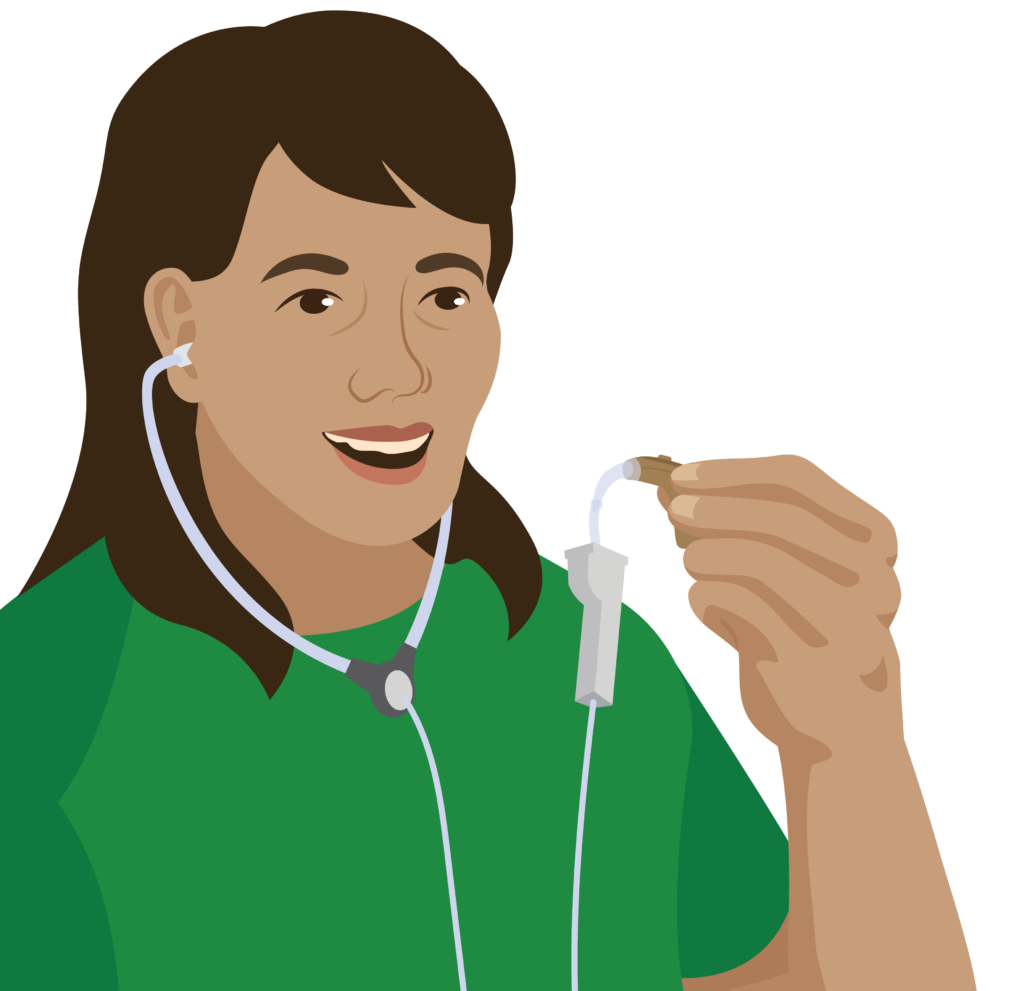
Instruction
Si vous rencontrez d'autres mots qui ne vous sont pas familiers, demandez à un collègue ou à votre mentor.